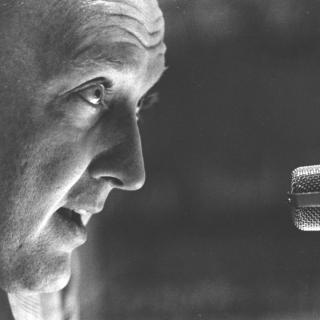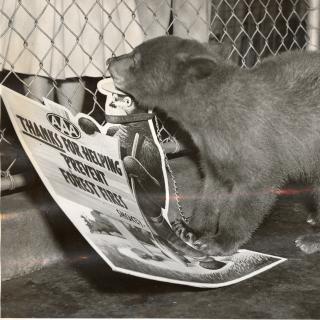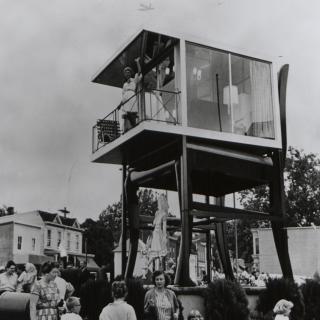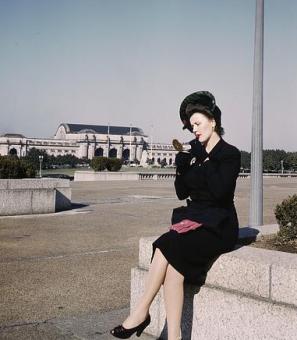It Happened Here First: Arlington Students Integrate Virginia Schools
On February 2, 1959, Stratford Junior High School (now H-B Woodlawn High School) in Arlington was the first public school in Virginia to be integrated. That morning, four African American seventh graders – Ronald Deskins, Lance Newman, Michael Jones and Gloria Thompson – started classes at the school with over 100 Arlington County police officers in riot gear standing guard. To the great relief of the community, there was no violence or disorder (though two students were sent home for setting off a firecracker in a school bathroom).[1]
The day had been a long time coming.
After the U.S. Supreme Court called for the end of segregation in schools in its 1954 Brown vs. Board of Education decision, Virginia lawmakers passed a series of “Massive Resistance” laws, which were designed to delay or limit the scope of integration. These included drastic measures like automatically closing any White school where a Black student enrolled, withholding state funds from integrated schools, and offering state tuition grants for students to attend private segregated schools. Seeking to push the issue, the NAACP filed lawsuits around the state – including in Arlington – on behalf of Black students wishing to enroll in White schools.
In the fall of 1958, after months of legal wrangling, Federal Circuit Court Judge Albert Bryan ruled that Deskins, Newman, Jones and Thompson be admitted to Stratford, effective at the start of the second semester in February. (Interestingly, in the same decision he upheld the school board’s decision to decline admittance to 26 other Black students who had applied for enrollment in white schools in Arlington. So, the order was far from a complete victory for supporters of integration.)
The decision to delay until February was nominally because of concerns that transferring the students in the middle of the semester would be disruptive. But it also allowed the court system a few extra months to consider some other related cases, which challenged the constitutionality of Virginia’s Massive Resistance Laws. This proved important: on January 19, 1959 both the Virginia Supreme Court and a Federal Court in Norfolk struck down the laws, leaving segregationist lawmakers without any legal tools to combat integration.
And so, the path was cleared for the four Arlington students’ historic enrollment at Stratford on February 2nd and – later that same day – the enrollment of 17 Black students in previously all-White schools in Norfolk. Integration had come to Virginia at last.
Footnotes
- ^ McBee, Susannah and Jeff O’Neill, “Arlington Desegregation is Orderly,” Washington Post, 3 Feb. 1959: A1.


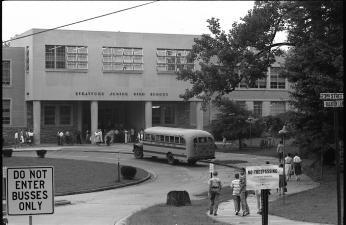
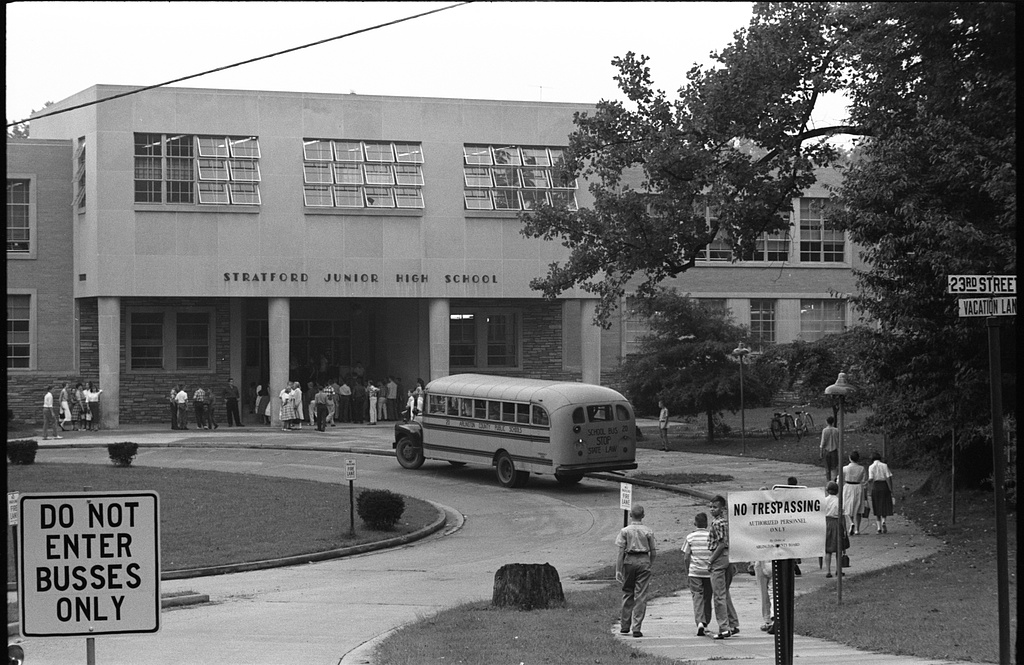
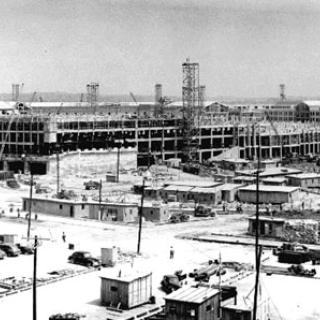

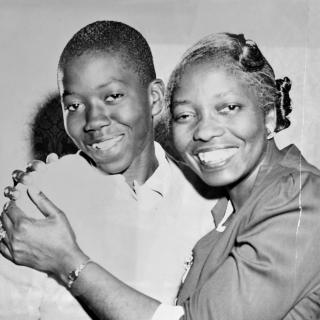
![Sketch of the mythical fuan by Pearson Scott Foresman. [Source: Wikipedia]](/sites/default/files/styles/crop_320x320/public/2023-10/Goatman_Wikipedia_Faun_2_%28PSF%29.png?h=64a074ff&itok=C9Qh-PE1)







